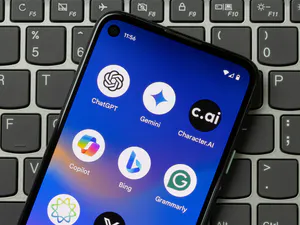In a post on LinkedIn this spring, the comedian Ken Cheng wrote: “AI will never be able to write like me. Why? Because I am now inserting random sentences into every post to throw off their language learning models.”
He continued: “I suggest all writers and artists do the same Strawberry mango Forklift.”
Cheng was referring to the way artificial intelligence (AI) software combs the internet to gather information, including information about the way we use language. Humans also actively teach the software through what’s called “supervised learning.”
As a result of this combing and human training, it’s been suggested that AI programs like ChatGPT are changing the way we write.
For example, in an article for The Conversation last September, Ritesh Chugh from Central Queensland University said the use of words such as “delves,” “showcasing” and “meticulous” has increased in academic writing. He blames AI.
These are proper words, but they’re rather flowery, and usually not used very frequently.
This change in frequency might be a problem, Chugh said, because it can lead to our writing “losing its personal touch,” as we use words that may not look like real human writing.
Others aren’t so worried by it. Language researcher Ezequiel López said AI is “democratizing the ability to communicate,” as weaker writers and even language learners use it to perfect their writing.
But if we’re using AI to help with written work, Chugh suggests that we edit it to replace words that are “appearing again and again.” He adds that we can also ask the software to give us more straightforward language by changing our prompts.
And of course, anyone using the software for academic purposes should be sure not to copy large pieces of text from AI for use in their own assignments!





